With every new project comes something new, right?
Every other record I’ve ever worked on – every single one – I’ve had another one happening in my mind, like I was working on two at once. I would be on tour, and I would be sandwiching in recording sessions between tour schedules. This is a Photograph is really the only record where I lived inside of it. It was just this record and nothing else. It was the only thing that I was focused on. That felt nice.
Do you come to Sam [Cohen] with demos? Where does the collaboration start?
I had a pretty fleshed out demo for “This is a Photograph,” the title track. Other than that, everything was pretty bare. This is the third record that we’ve done together, out of my seven albums. He’s someone that I go to for my larger projects. I call all my records that I do in between working with Sam my “destination records.” With Sam, he’s the person I trust to take on these heavier concepts and dig in with me. Other than the “This is a Photograph” demo, everything was just phone demos of me with a guitar, or me with a piano. I had these ideas, and then Sam would come with ideas as well.
Whose idea was it to use field recordings on This is a Photograph?
Something that Sam and I are very good at is, “Let’s start throwing stuff at the wall and see what sticks. We’ve been listening to Cassandra Jenkins’ records a lot. Let’s get Cassandra in here! Let’s add this bird to it! Let’s add this harp!” Whatever it is, we do this escalation thing. I think it’s born from Sam and I spending a lot of time in the studio together trying out a bunch of different ideas. If someone asked me, “What can Sam Cohen do to a song? How does he help a song along its way?” I would show them the demo to “A Random Act of Kindness” and I would show them what it resulted in. My demo for it was almost like this Tom Petty, laid-back, windows down, cruiser. Which could have been cool; and we recorded it that way, but it felt too long. Sam and I, we’d been talking about Deerhunter and Big Star… bands that are off-kilter and weird. Sam had this “ah-ha!” moment. He made it this big, huge [song], where he changed the tempo and added conflicting guitar parts. We were talking about The Flaming Lips and LCD Soundsystem, wondering what those bands would do to a Tom Petty song. Where “A Random Act of Kindness” ended up was such a pleasant surprise. We created a big beast out of a song that was supposed to be like, “It’s 75 degrees and your arm is hanging out the truck window” sort of song. It still has elements of that, but it grows into this big thing that’s really fun. A big defining moment, other than the tempo, was when Sam started to play a dreamy 12-string [guitar] part over the chorus. It rubbed the song in an interesting way. To me, [that guitar part] took it out of this Lucinda Williams, windows-down-cruiser, to this dream world. Once we had that, then it opened up the doors to let me get crazy on the vocals. When I sing, “Lift me up,” it let me jump up an octave. Why don’t we put the microphone through an amplifier so it’s distorted? That’s when we were throwing out names like LCD Soundsystem. Not even that that’s something that LCD Soundsystem would do, but we could see them doing it. I feel that happens in the studio a lot. I’ll go in and have such a preconceived notion of what something should be, and it takes a while to get rid of that. Once I began yelling the vocals into an Electro-Voice 635A microphone going through an amp, we were off to the races.
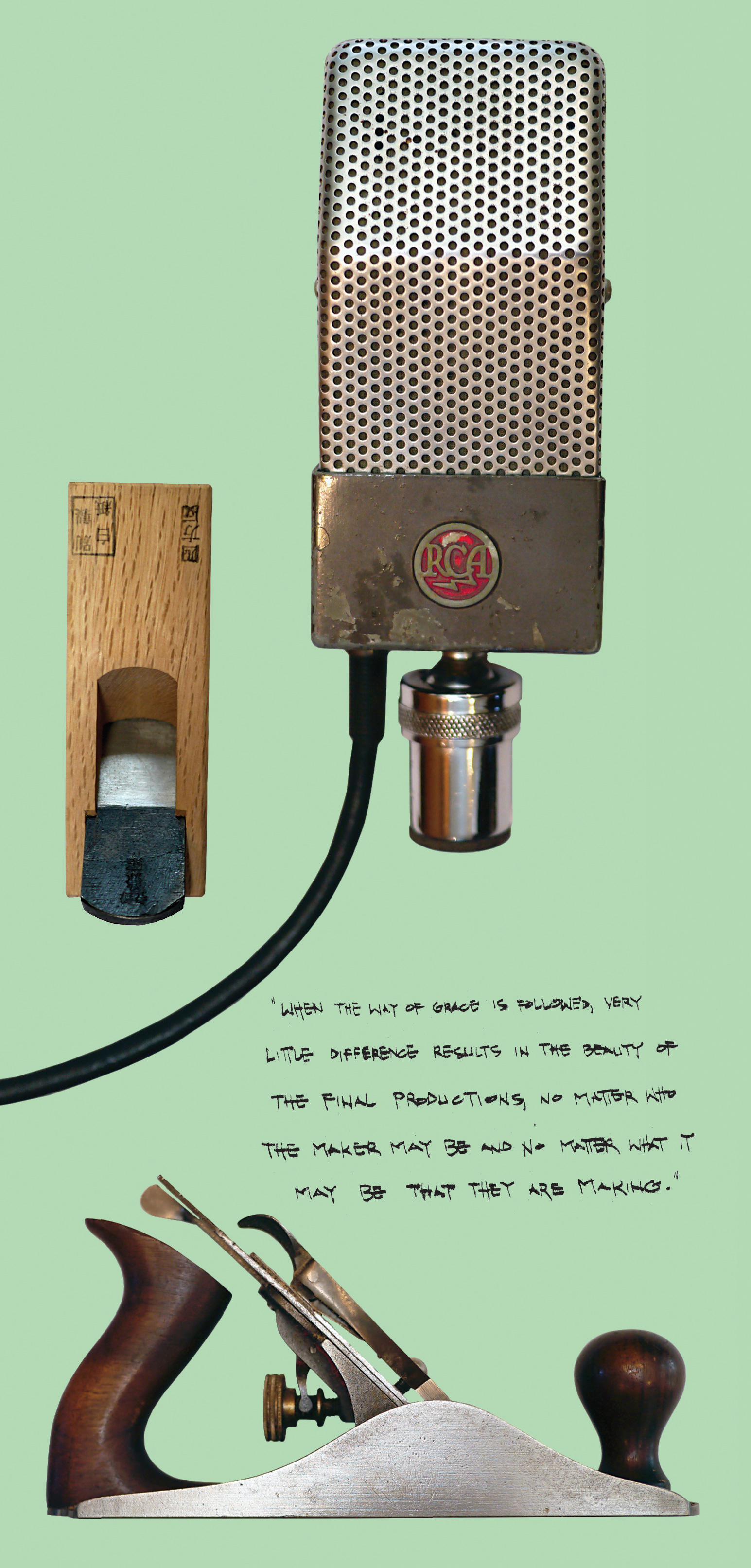

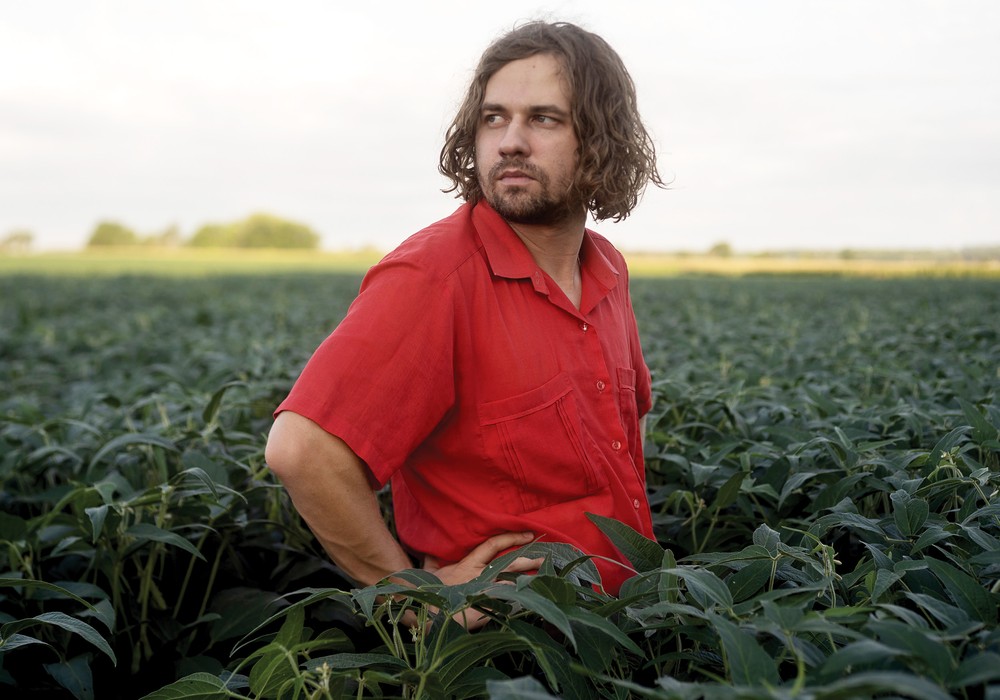
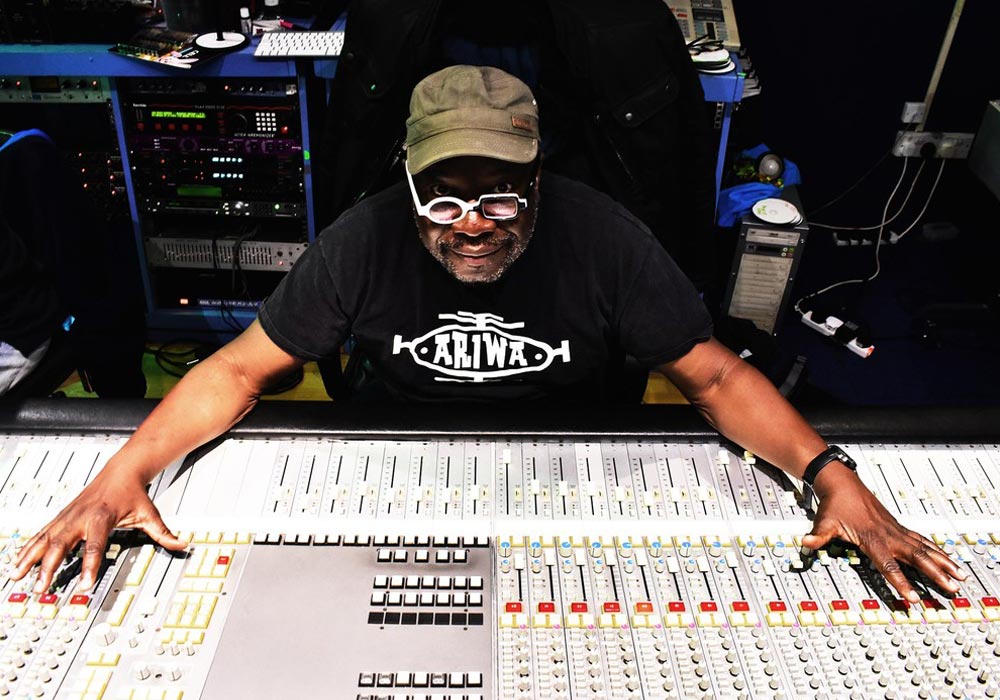
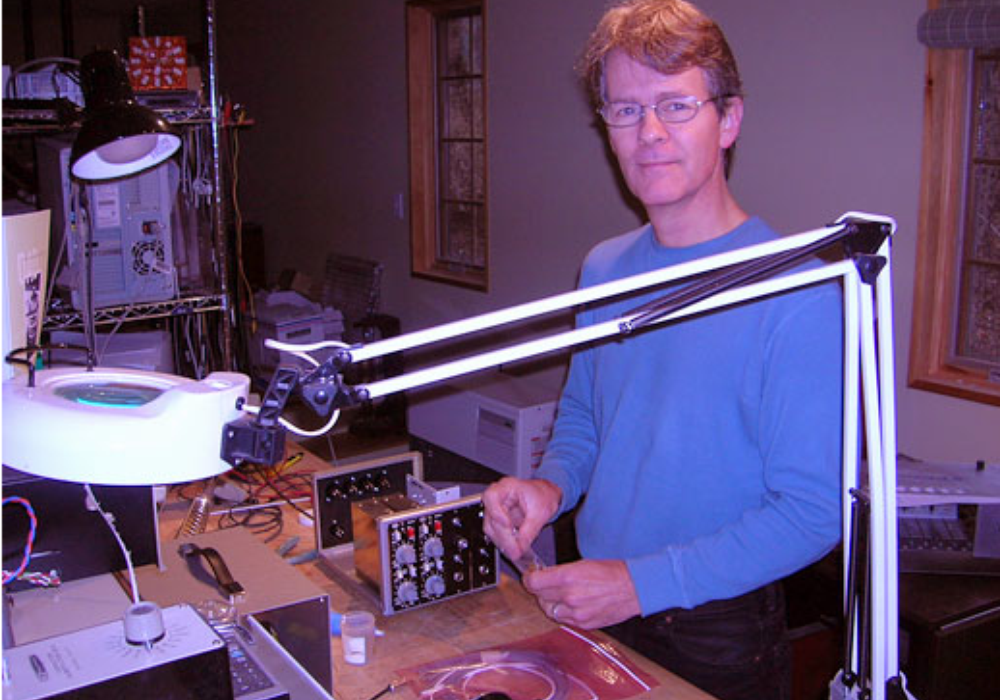
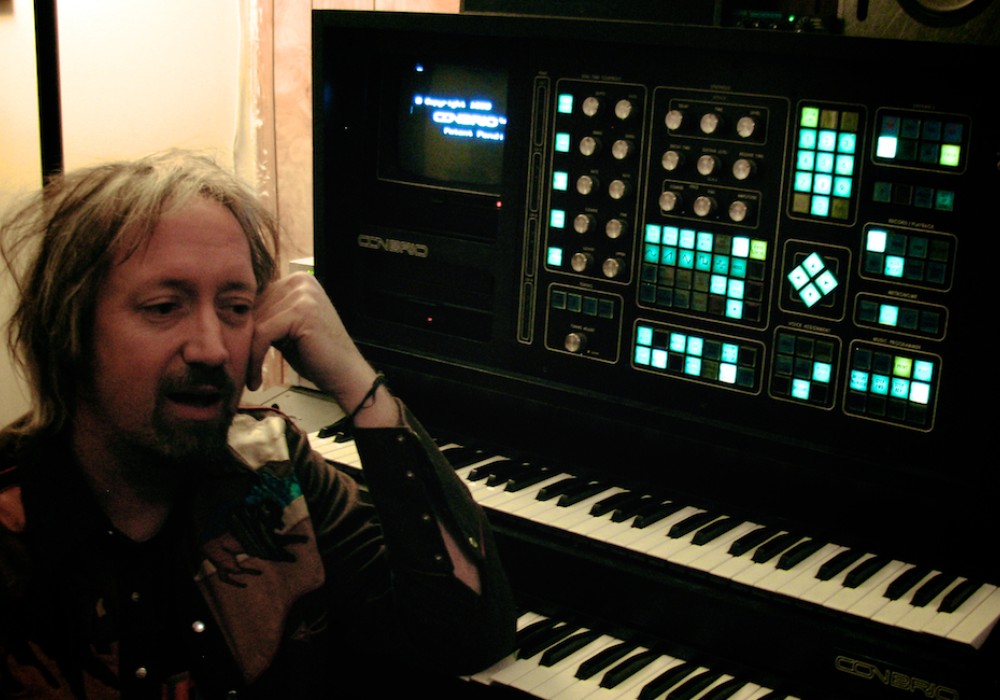
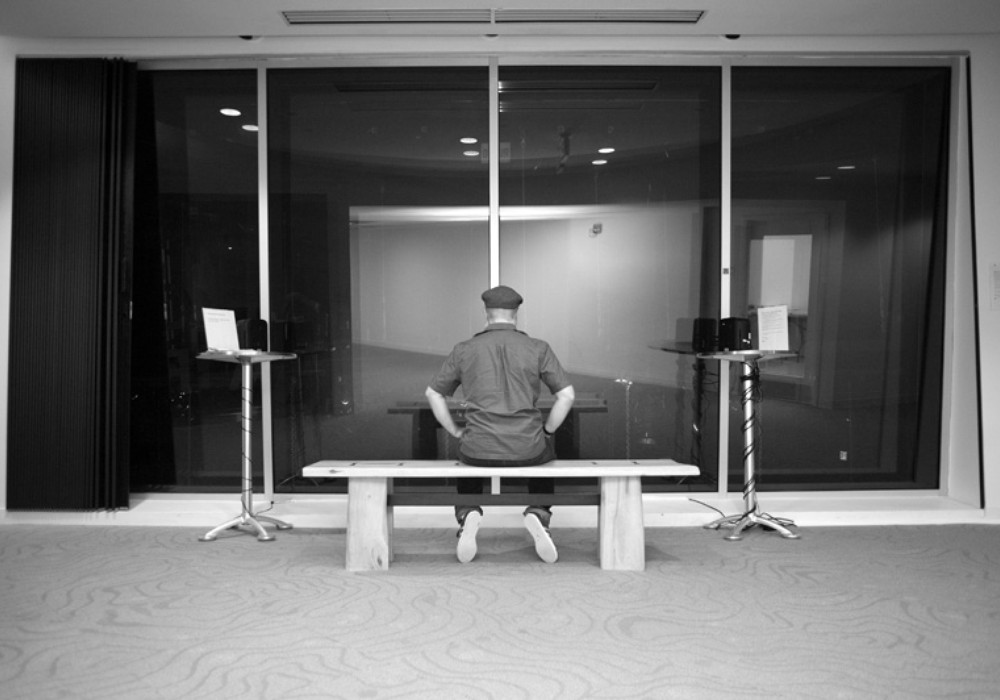
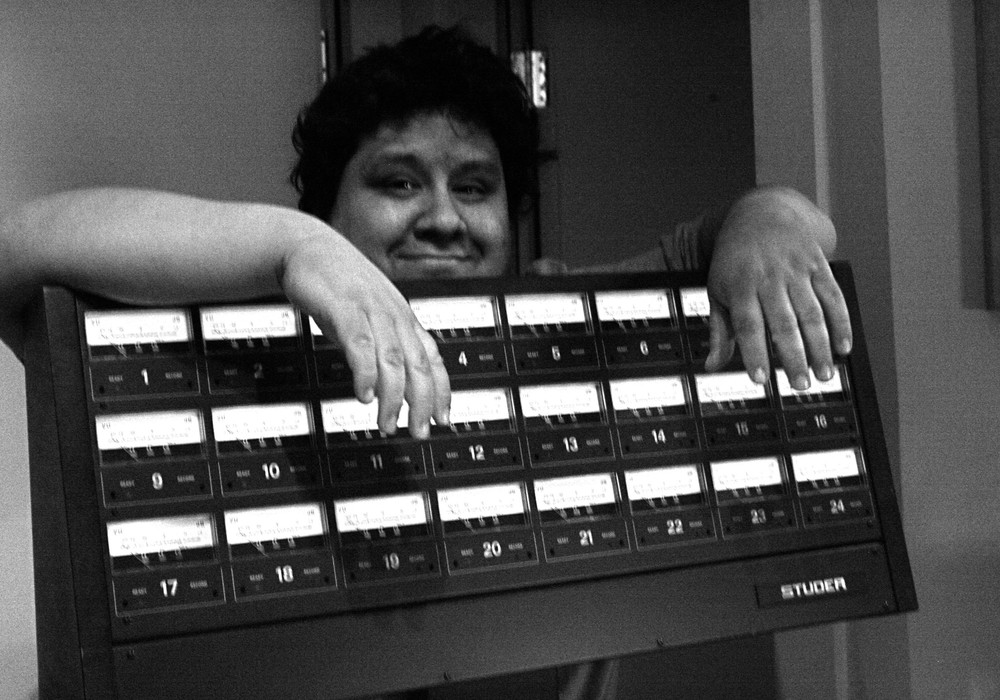
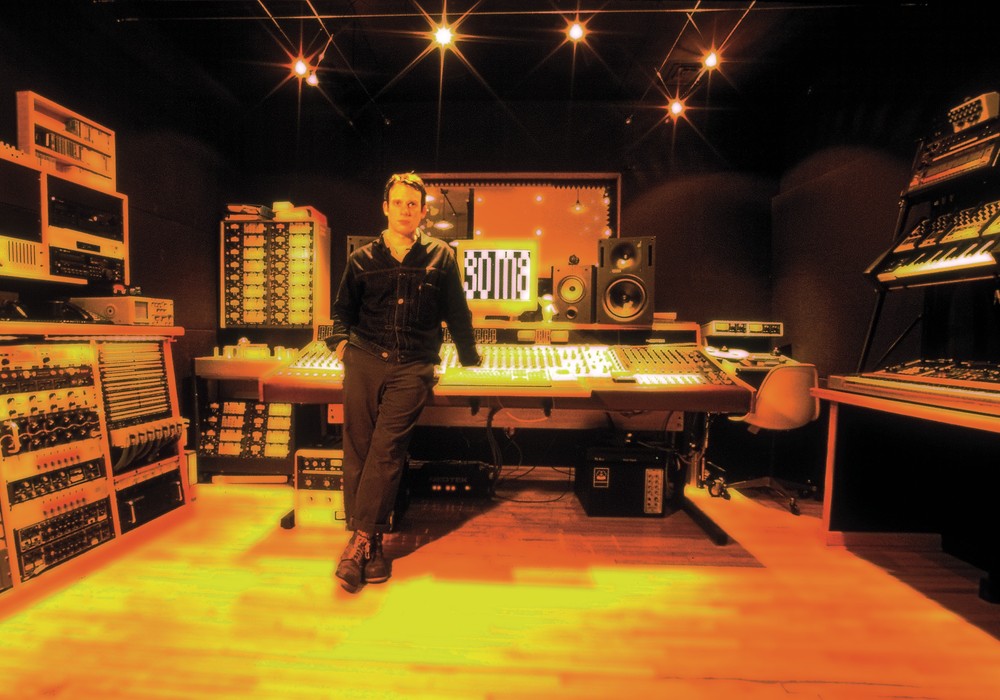
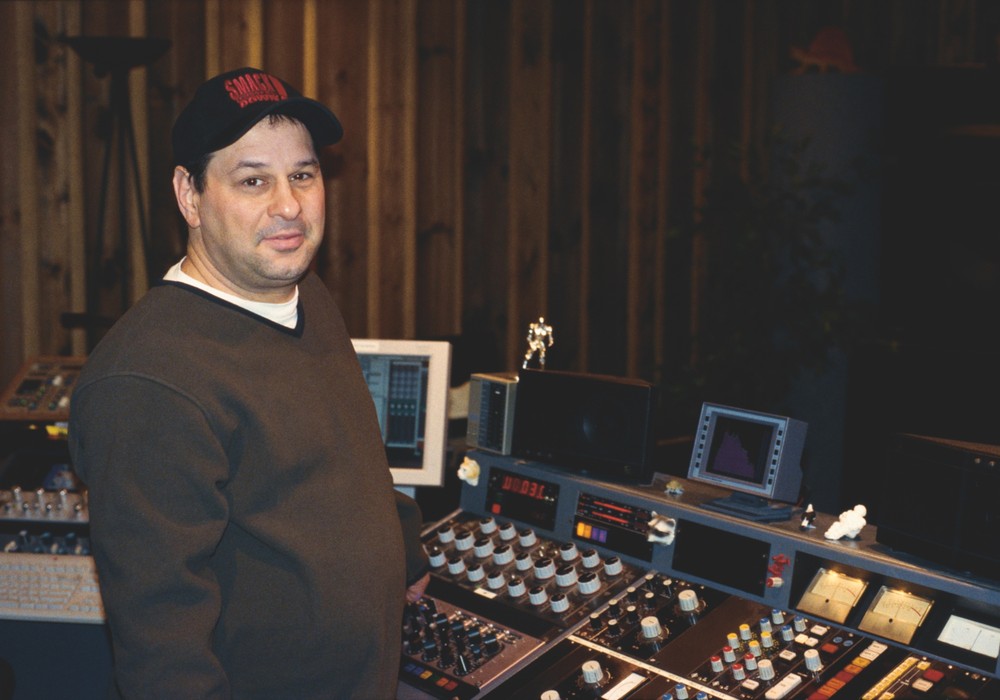
_display_horizontal.jpg)